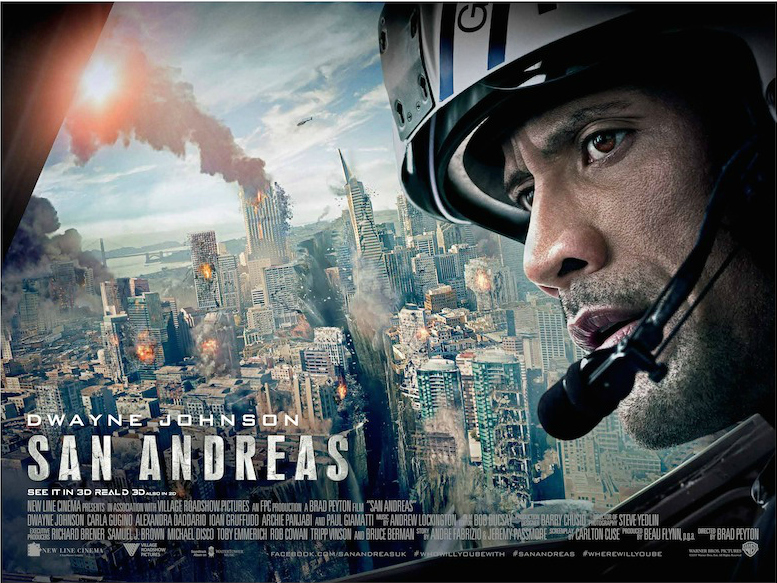

The lines that bring water, electricity and gas to Los Angeles all cross the San Andreas fault-they break during the quake and won’t be fixed for months. Smaller fires merge into larger ones, taking out whole sections of Los Angeles. Hundreds of fires start, and with roads blocked and the water system damaged, emergency personnel aren’t be able to put them all out. In the following minutes, the earthquake waves travel across California, leveling older buildings, disrupting roads and severing electric, telephone and water lines. The detailed report examines the effects of a hypothetical 7.8 quake that strikes the Coachella Valley at 10 a.m. Seismologists modeled how the ground would shake and then other experts, including engineers and social scientists, used that information to estimate the resulting damage and impacts. To figure out what could realistically happen when the Big One finally strikes, a team of earthquake experts sat down sat down several years ago and created the ShakeOut scenario.

That’s about as big as earthquakes can get in California, notes Jordan-a magnitude 8.3 quake might be possible if the entire San Andreas fault were to rupture from the Mexico border up to northern California. The latest forecast, published earlier this year by the USGS, estimates a 7 percent chance that a magnitude 8 quake will occur in California within the next 30 years. While seismologists can’t predict exactly when that will happen, every few years they release a forecast for the likelihood of such an event. “Eventually the fault will have to break,” Jordan says. Farther south, near Palm Springs, the fault hasn’t ruptured in over 300 years. The last big quake near Los Angeles, a magnitude 7.9, struck Fort Tejon in 1857. On average, Southern California has seen big quakes every 110 to 140 years, based on records of past earthquakes and studies of earthquake faults. The northern San Andreas leveled San Francisco in 1906, but it’s been a lot longer since the southern part of the fault ruptured. The San Andreas is the most worrisome, because it generates the quakes that are really dangerous to California residents, Jordan notes. The two plates don’t just meet at a single line, and the state is crisscrossed with dozens of earthquake faults. Geological Survey seismologist Ned Field.Ĭalifornia sits at the border between two major tectonic plates-the Pacific plate, which is moving northwest, and the North American plate, which is sliding past it to the southeast. “We think Southern California is locked and loaded, that the stresses have really built up, and when things start unleashing, they could unleash for years,” says U.S.

While the movie may be more fantasy than reality, the Big One is coming, and it will produce plenty of destruction. That doesn’t mean California is off the hook, though. And despite the warnings of distraught movie scientists, even the largest of California's quakes won’t be felt by anything but seismometers on the East Coast. For that reason, a quake also can’t cause the fault to split apart into a giant chasm as it does in the film. The San Andreas fault sits far inland, and the land slips past on either side. “The really big tsunamis, like the one that hit Japan, are caused by earthquakes that generate a major displacement of the ocean floor,” Jordan says. Even the largest of San Andreas' quakes can’t produce a massive tsunami like the one that swells over San Francisco in the movie. While the actual threats from the Big One are pretty terrifying, they are nowhere near the devastation witnessed by Dwayne "The Rock" Johnson and his onscreen companions. The moviemakers consulted Thomas Jordan, director of the Southern California Earthquake Center, before they started filming, but “they probably didn’t take much of my advice,” he says. Or at least, that’s the scenario that will play out on the big screen in San Andreas. Skyscrapers will topple, the Hoover Dam will crumble and a massive tsunami will wash across the Golden Gate Bridge. A giant earthquake will strike California this summer.


 0 kommentar(er)
0 kommentar(er)
